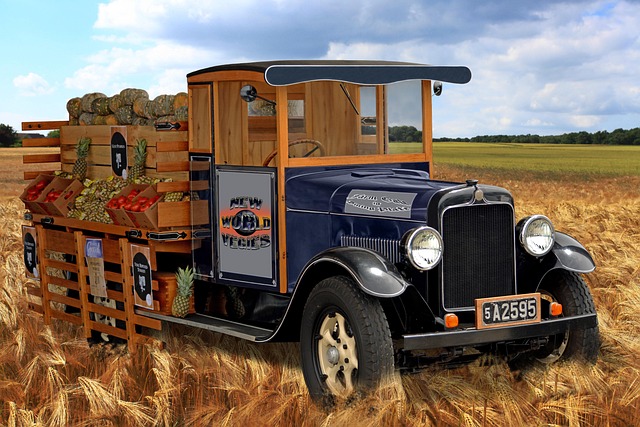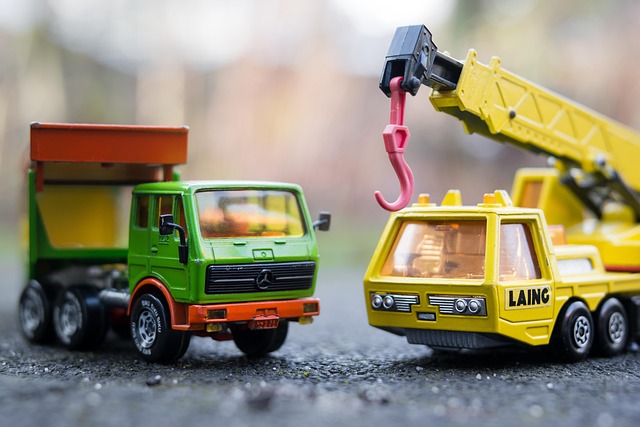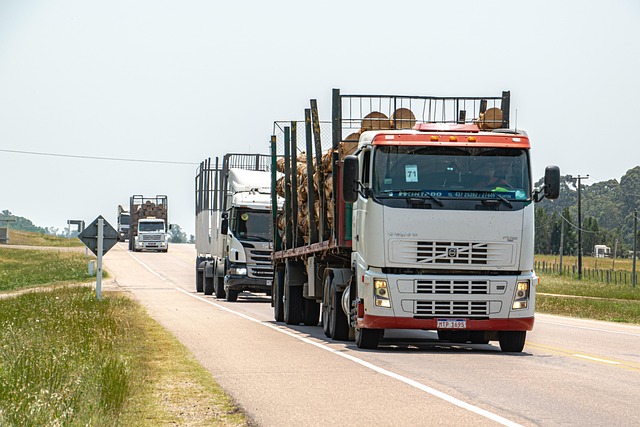Learn how to seamlessly navigate the process of registering your car in California with our comprehensive guide. This step-by-step resource covers everything from understanding the DMV’s VIN verification process to gathering all required documents. We walk you through each stage, highlighting common mistakes to avoid, ensuring a smooth experience. Discover post-registration steps and important considerations for a successful vehicle registration in the Golden State.
- Understanding the DMV VIN Verification Process
- Gathering Necessary Documents for Car Registration
- Step-by-Step Guide to Registering Your Vehicle in California
- Common Mistakes to Avoid During Registration
- Post-Registration Steps and Important Considerations
Understanding the DMV VIN Verification Process

When registering your car in California, understanding the DMV VIN verification process is crucial. The Department of Motor Vehicles (DMV) requires a valid Vehicle Identification Number (VIN) inspection to ensure that your vehicle meets safety and emissions standards. This involves cross-referencing the unique VIN with manufacturer data to verify authenticity and condition.
The process typically entails visiting a certified inspection station where a technician will conduct a thorough examination, including checking key components like the engine, transmission, brakes, lights, and safety features. For added convenience, many mobile vin verifier services are available, allowing you to complete this step without needing to visit a physical location. These services can perform a vin inspection right at your home or workplace, streamlining the registration process even further.
Gathering Necessary Documents for Car Registration

Before you can register your car in California, you’ll need to gather several essential documents. The first step is to obtain a Vehicle Identification Number (VIN) verification from the Department of Motor Vehicles (DMV). This process, often referred to as a mobile vin inspection or dmv vin verification, ensures that your vehicle’s VIN matches the information on the title and registration papers. You can do this online or in person at a local DMV office.
Once you have confirmed your VIN, collect all necessary paperwork, including your vehicle’s title, proof of insurance, and a valid driver’s license. Additionally, you might need to provide documentation proving that you’ve had the car inspected by a certified mechanic if it’s a used vehicle. This vin inspection is crucial for ensuring compliance with California’s registration requirements.
Step-by-Step Guide to Registering Your Vehicle in California

Registering a car in California involves several steps to ensure your vehicle is legally compliant and ready for road use. Here’s a step-by-step guide to help you through the process. First, gather all necessary documents including your driver’s license, proof of insurance, and the vehicle’s title. Then, visit the California Department of Motor Vehicles (DMV) office or utilize their online services for registration.
Next, complete the application form, providing details about your vehicle such as make, model, year, and its unique Vehicle Identification Number (VIN). For added convenience and speed, consider scheduling a mobile VIN inspection or verification service to have your car’s information checked remotely. Once your application is approved, you’ll receive a registration certificate and license plate, completing the process of registering your vehicle in California.
Common Mistakes to Avoid During Registration

When registering your car in California, it’s crucial to avoid common mistakes that can lead to delays or even rejection. One major blunder is overlooking the importance of a proper DMV VIN verification. The Vehicle Identification Number (VIN) is unique to each vehicle and serves as its fingerprint. Failing to provide an accurate and legible VIN during the registration process can cause significant bottlenecks. Always ensure this number is correctly transcribed and matches the make, model, and year of your car.
Another mistake to steer clear of is assuming that a standard vin inspection done at a stationary location is sufficient. Consider the benefits of a mobile vin verification service, especially if you’re pressed for time or have an unusual vehicle. This convenient option allows professionals to come to you, ensuring faster and more accurate results. By avoiding these pitfalls, you can streamline the registration process and hit the California roads without any hurdles.
Post-Registration Steps and Important Considerations

After successfully registering your vehicle with the California Department of Motor Vehicles (DMV), there are several crucial post-registration steps and considerations to ensure a smooth ownership experience. One vital step is to obtain a Vehicle Identification Number (VIN) verification, which can be done through a mobile VIN verifier or by scheduling an inspection at a DMV office. This process ensures that the vehicle’s details match the information provided during registration, including its make, model, year, and unique VIN. A proper VIN inspection is essential for preventing fraud and ensuring the security of your purchase.
Additionally, it’s important to keep all necessary paperwork organized and up-to-date. This includes registering any licenses or permits required for specific types of vehicles, such as recreational vehicles or classic cars. Regularly checking for updates on registration fees, emissions tests, and other DMV requirements will also help you stay compliant with California’s vehicle regulations. Timely renewal of registration and address changes are essential to avoid penalties and ensure your vehicle remains legally operational.
Registering a car in California is a straightforward process, but understanding the DMV’s VIN verification step is key. By gathering all necessary documents and following the provided step-by-step guide, you can ensure a smooth registration experience. Be sure to double-check your work and avoid common mistakes to expedite the process. After successful registration, remember to complete post-registration tasks for full compliance with California vehicle regulations.
